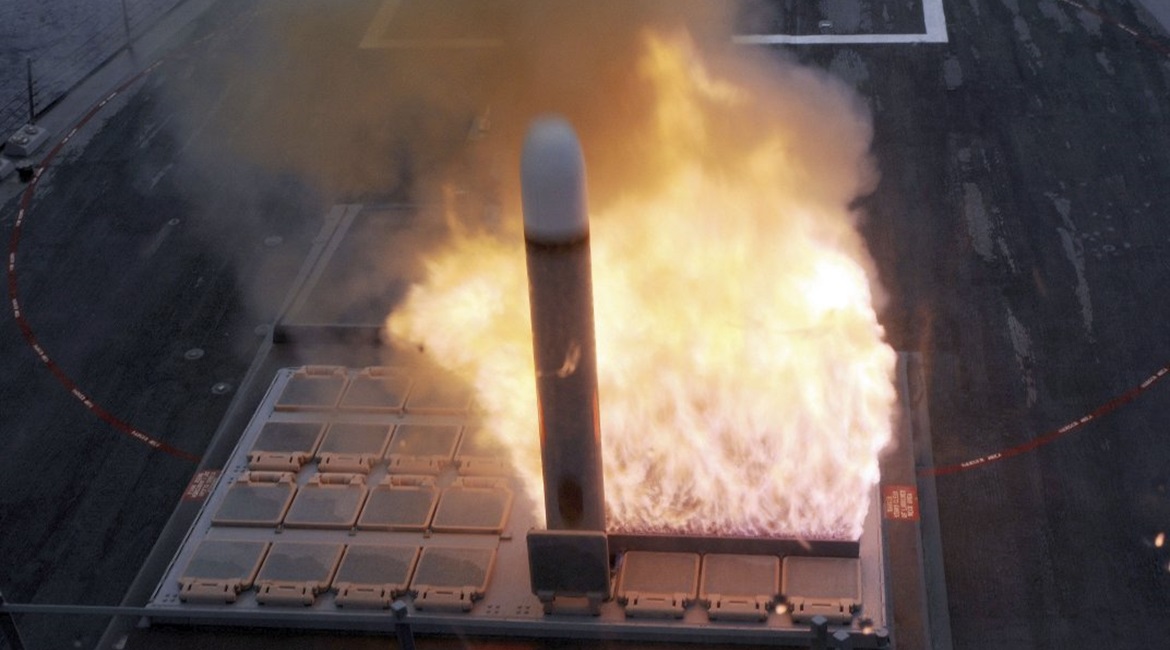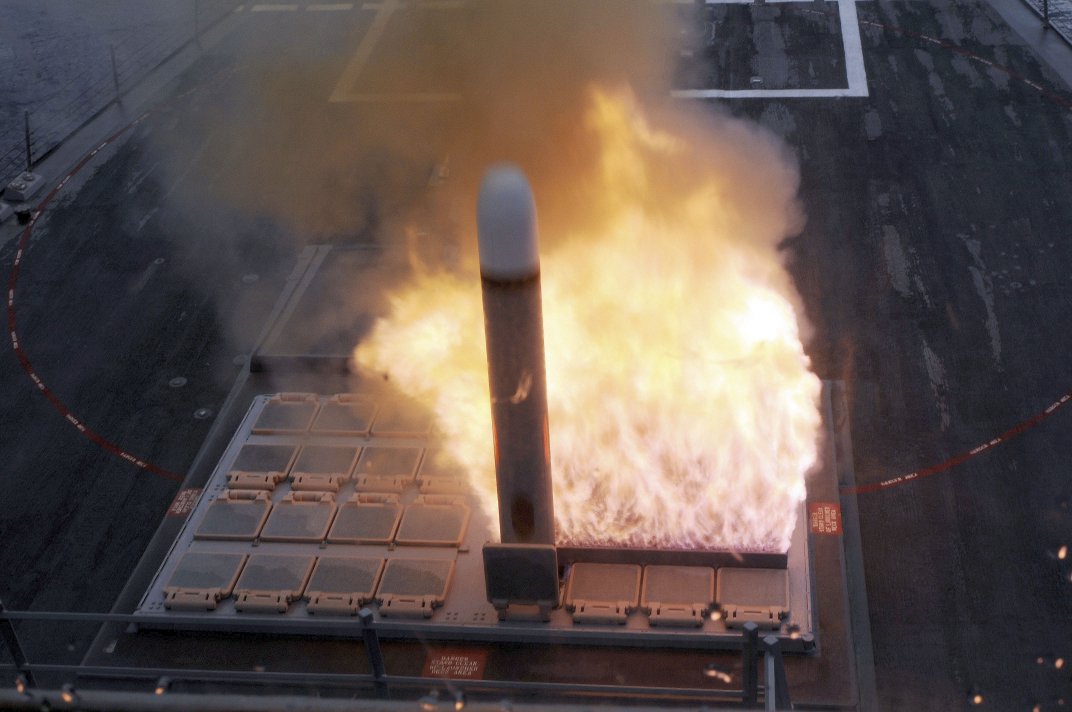
Just hours after the US formally withdrew from the Intermediate-Range Nuclear Forces (INF) Treaty, Secretary of Defense Mark Esper formally announced plans to develop ground-based mid-range missiles prohibited under the agreement.
On 2 August, Washington said that after giving a six-month notice that it would withdraw from the INF Treaty unless Moscow destroyed all of its 9M729 missiles, launchers, and associated equipment, it was in fact leaving the agreement. The move frees up the Pentagon to develop ground-based missiles that can fly between 500 km and 5,500 km, and the department said it would not waste any time before starting on the development.

A Block IV Tactical Tomahawk SLCM is test-fired from the Mk 41 VLS onboard the USN’s Arleigh Burke-class guided-missile destroyer USS Farragut . There is debate over whether converting Tomahawk missiles for land-based deployment would be part of any US plan to respond to the collapse of the INF Treaty. (US Navy)
“Now that we have withdrawn, the Department of Defense will fully pursue the development of these ground-launched conventional missiles as a prudent response to Russia’s actions and as part of the Joint Force’s broader portfolio of conventional strike options,” Esper wrote in a 2 August statement.
He noted that the department began “treaty-compliant research” in 2017 that focused on mobile, conventional, ground-launched cruise and ballistic missile systems, and these programmes are now in the “early stages”.
Looking to read the full article?
Gain unlimited access to Janes news and more...


